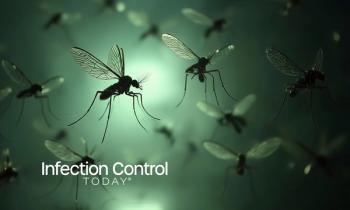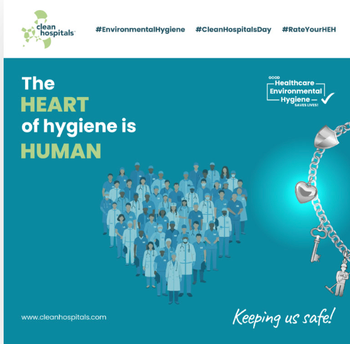
Climate Change May Affect Plague Distribution and Incidence
While many climate experts and environmentalists explore the negative effects of global warming, a new study reveals a positive outcome of the warming of the planet: the potential elimination of the plague. Global warming affects temperatures and precipitation regimes that play a pivotal role in the lives of rodents and fleas; rodents and fleas are responsible for maintenance and spread of plague to human populations. Plague can be fatal if the symptoms are not recognized and treated within 24 hours.
The study, featured in the September issue of the American Journal of Tropical Medicine and Hygiene (AJTMH), revealed incidences of plague in the western United States are decreasing as global warming raises temperatures and decreases snowfall in the area. The study examined a 56-year time series of plague reports (1950-2005), in conjunction with temperature and precipitation records, to determine the effect of large-scale climate variability on the dynamics of human plague in the region.
The study analysis suggested that snow may play a key role in the relationship between climate and plague; snow affects the summer soil moisture, which is known to be instrumental for flea survival and the development and sustained growth of vegetation for rodents. The effects of global warming will likely result in increasingly unfavorable conditions for fleas, creating less favorable conditions for increases in the rodent population. These factors suggest that plague in the western United States is likely to decrease in the coming decades.
"Following analysis of 56 years worth of climate and plague data, we are encouraged that prevalence of the plague is decreasing, likely due to environmental factors. However, in places like New Mexico where human-population movement into the desert is likely to continue, plague exposure and risk could still occur on a local basis," said Nils Stenseth, professor at the Centre for Ecological and Evolutionary Synthesis at the University of Oslo. "As recently as August 2010, an outbreak of plague was reported in Peru in a coastal village, which suggests plague is still a modern healthcare concern. People should be more vigilant and monitor it."
There are three types of the plague bubonic, septicemic, and pneumonic. Plague exists in nature due to the transmission between hosts (wild rodents) and vectors (fleas), and is caused by the bacterium Yersinia pestis. Typically, rodents spread the disease to humans, or people can get the plague when they are bitten by a flea that carries the plague bacteria from an infected rodent. Certain forms of the plague can be spread from human to human. Unless treatment is received within 24 hours of the first symptoms, death from the plague may be unavoidable. Antibiotics, oxygen, intravenous fluids, and respiratory support are usually needed to treat the plague.
"With the recent reported cases of dengue fever in the United States, Americans are becoming more aware of the dangers associated with vector-borne diseases. Like dengue fever, plague is a vector-borne disease. Despite the fact that millions of people are infected with a vector-borne disease each year, including tens of thousands of Americans, many people are unaware that weather affects vector populations and disease transmission," said Edward T. Ryan, MD, president of the American Society of Tropical Medicine and Hygiene (ASTMH). "Only recently through scientific research have we started to understand how climate change might affect the distribution of vector-borne diseases, and this study provides good insight into how climate will impact the spread of plague in the United States."
In the Middle Ages, massive plague epidemics killed millions of people. Today, plague cases occur regularly in the western United States; cases have been reported in parts of California, Utah, Arizona, Nevada, and New Mexico. Globally, the World Health Organization reports 1,000 - 3,000 cases of the plague each year. Presently, rat control and surveillance for the disease in the wild rodent population are the main measures used to control the risks of plague epidemics.
Newsletter
Stay prepared and protected with Infection Control Today's newsletter, delivering essential updates, best practices, and expert insights for infection preventionists.





